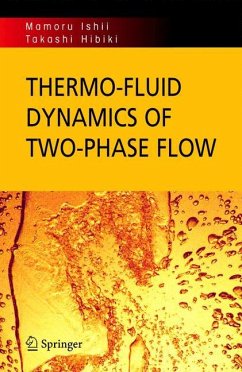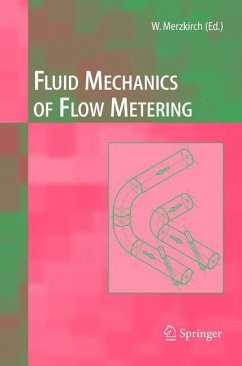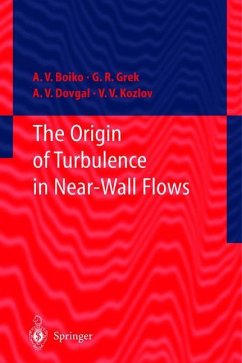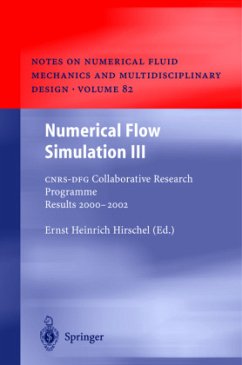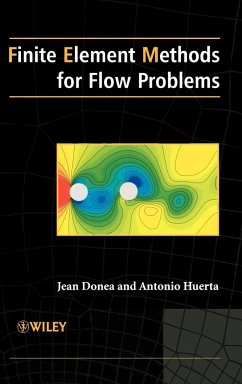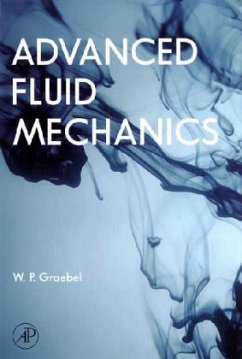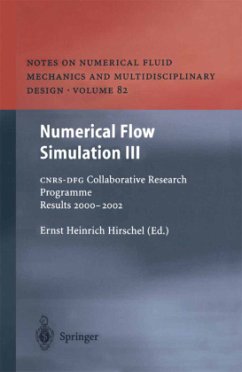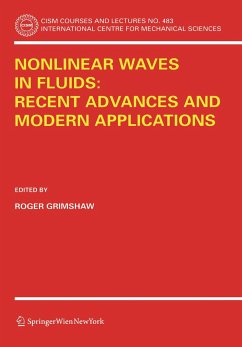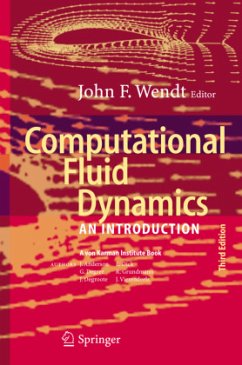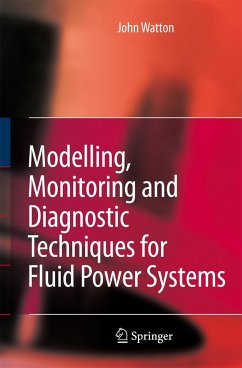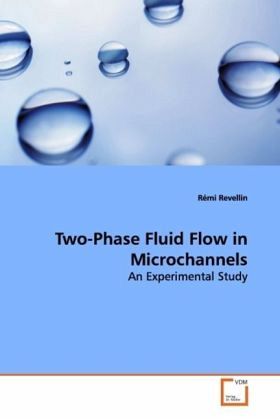
Two-Phase Fluid Flow in Microchannels
An Experimental Study
Versandkostenfrei!
Versandfertig in 6-10 Tagen
45,99 €
inkl. MwSt.

PAYBACK Punkte
23 °P sammeln!
An extensive experimental two-phase flow study has been carried out on two single round microtubes for refrigerants. First of all, an optical measurement method for two-phase flow pattern characterization in microtubes was developed to determine the frequency of bubbles exiting a micro-evaporator, their coalescence rates and lengths as well as their mean two-phase vapor velocity. Based on the bubble frequency results and CHF (Critical Heat Flux) measurements made on the micro-evaporator (predicted with a new microchannel version of the Katto-Ohno correlation), a new type of flow pattern map fo...
An extensive experimental two-phase flow study has
been carried out on two single round microtubes for
refrigerants. First of all, an optical measurement
method for two-phase flow pattern characterization
in microtubes was developed to determine the
frequency of bubbles exiting a micro-evaporator,
their coalescence rates and lengths as well as their
mean two-phase vapor velocity. Based on the bubble
frequency results and CHF (Critical Heat Flux)
measurements made on the micro-evaporator (predicted
with a new microchannel version of the Katto-Ohno
correlation), a new type of flow pattern map for
evaporating flow in microchannels was proposed. This
flow pattern map may in the future be used as the
starting point for the development of heat transfer
and pressure drop models and the thermal design of
micro-evaporators. In addition, an extensive new two-
phase pressure drop database was obtained.
been carried out on two single round microtubes for
refrigerants. First of all, an optical measurement
method for two-phase flow pattern characterization
in microtubes was developed to determine the
frequency of bubbles exiting a micro-evaporator,
their coalescence rates and lengths as well as their
mean two-phase vapor velocity. Based on the bubble
frequency results and CHF (Critical Heat Flux)
measurements made on the micro-evaporator (predicted
with a new microchannel version of the Katto-Ohno
correlation), a new type of flow pattern map for
evaporating flow in microchannels was proposed. This
flow pattern map may in the future be used as the
starting point for the development of heat transfer
and pressure drop models and the thermal design of
micro-evaporators. In addition, an extensive new two-
phase pressure drop database was obtained.



